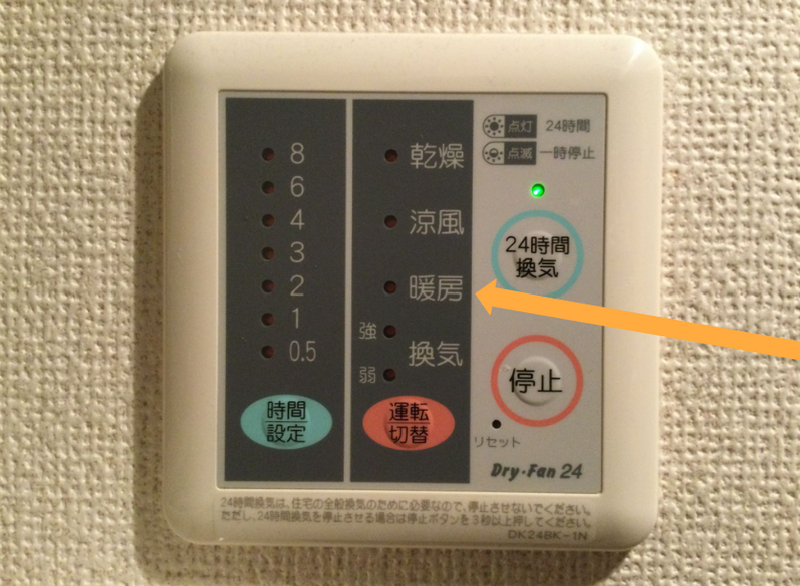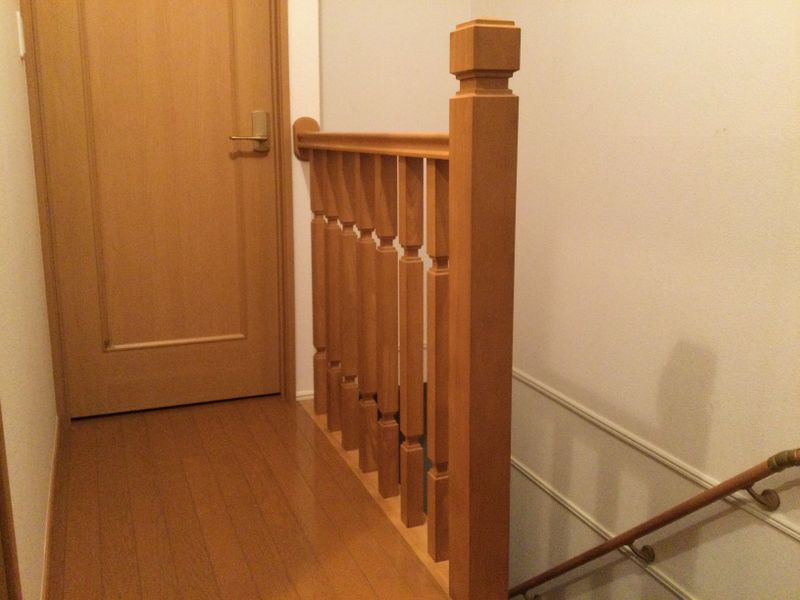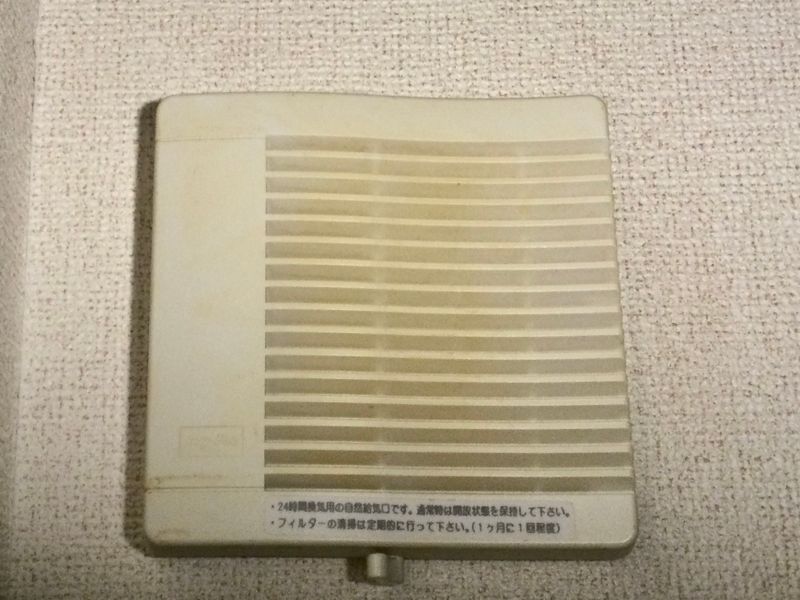May 27, 2022
Rainy Season Housekeeping
If it’s any comfort you’re not alone in suffering through, 梅雨 tsuyu, the rainy season. It’s an atmospheric phenomenon that affects not just Japan but neighboring countries, too from May to July. In the Kanto region where I live, the rainy season begins around the second week of June and lasts into July. It’s gloomy, humid, and warm for days and weeks on end.
This seasonal rain makes housekeeping a challenge as mold, known as カビ kabi in Japanese, thrives on any surface - the top of your fridge, the back of your closet, the frames of windows, and even on clothes and shoes.
You went and looked, didn’t you?
Well, here are some of the housekeeping routines and tools I use to keep the house fresh and fend off the dreaded kabi.
Tips for drying laundry indoors
If your home was constructed in the last 10 years or so, you likely have a bathroom fan with multiple functions. I’d never seen one of these in my home country, and the older houses and apartments I’d lived in here in Japan only had simple circulating fans.

The magical heat drying function of the bathroom fan
Set the bath fan to 暖房 danbo, heating and your laundry should be dry in an hour or two. I leave the shower door open a crack, too, so it dries out the whole 洗面所 senmenjo, the vanity, and clothes washer space.
If you teach at a junior high school or have children in that age range, take a look at the 家庭科 kateika home economics textbooks or sit in on a class about clothing care and housekeeping. Japan’s home ec curriculum has a kata for everything, including drying laundry. A tip I got from home ec is hanging laundry items by length. On the ends of a laundry rack, hang heavier, longer items, and shorter, thinner ones in the middle. The air circulates around the items efficiently and they seem to dry well and not get the fusty smell that indoor laundry sometimes gets.
Drying futons
I’ve never had a bed in Japan and have gotten used to futon care, putting the futon and comforter out on the veranda on sunny days as often as possible. The rainy season means a change of futon routine. I’m lucky that my apartment has a railing above the stairs where I can drape my futons. If you don’t have a rail, you can always put your futon over a chair.

The railing I didn't know I needed
A futon accessory you might consider is スノコ sunoko, a slatted wooden frame that elevates your futon off the floor to provide air circulation. Some sunoko bed frames are segmented - you prop them up like a tent and sling your futon over them to dry out.
Air conditioning
Sure, you can use your aircon to dehumidify. Some aircon units have a function labeled 除湿 joshitsu or ドライ dry. In addition to the aircon unit which is in my main living space, I got a dehumidifier that I put in my bedroom to keep it from getting dank. It has a cool function, too. It does produce heat, so I place it next to a window on warm days and it dries my room out while venting to the outside.
If you live in a recently constructed house or apartment, you may have vents that you can open and close. The labels say to wash the filters once a month. After I wash them, I put a few drops of aroma oil on the filters and it freshens the air for a day. Every chance I get, on dry days, I crack the windows and vents open to keep the air circulating. Fresh air is kabi’s mortal enemy.

A slightly dingy room vent in my newer building
Pro tip - if the vents are inviting too much dust or road noise into your space, pack them with bubble wrap. The vent in my bedroom amplified street noise and I ventilate the room by opening the windows anyway so this vent seemed redundant.
Have you got any tips for rainy season housekeeping?



0 Comments